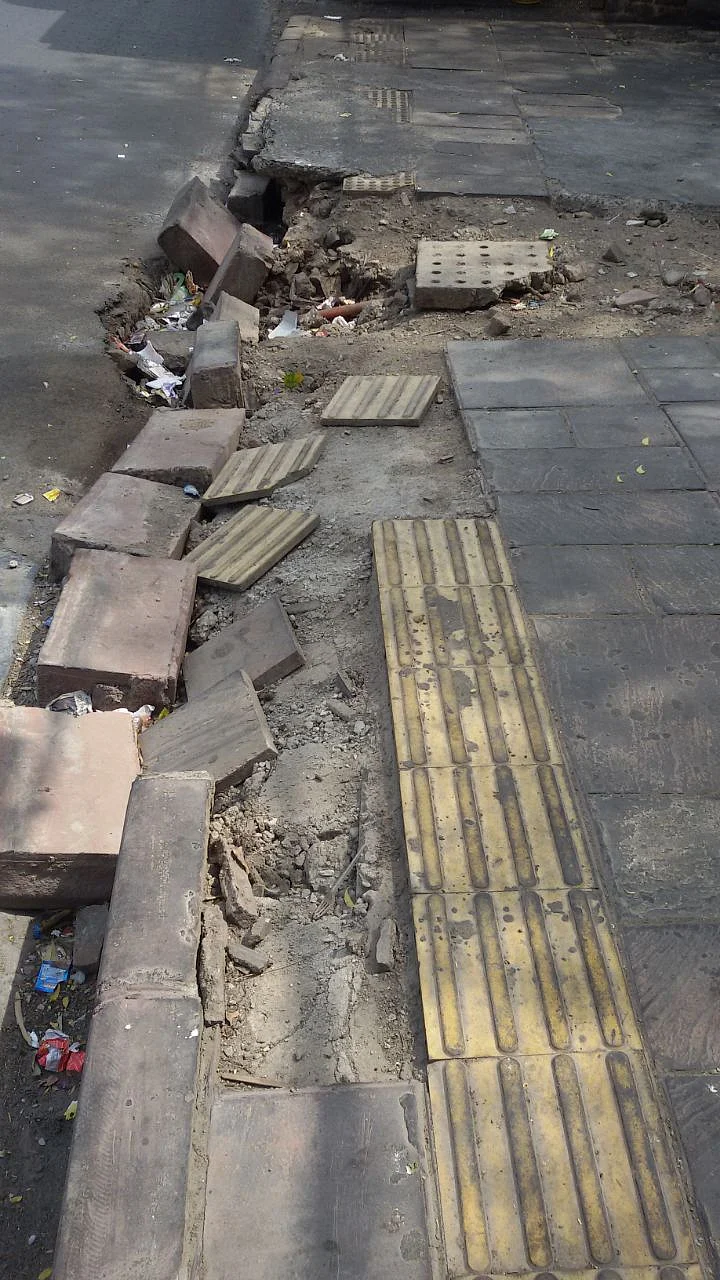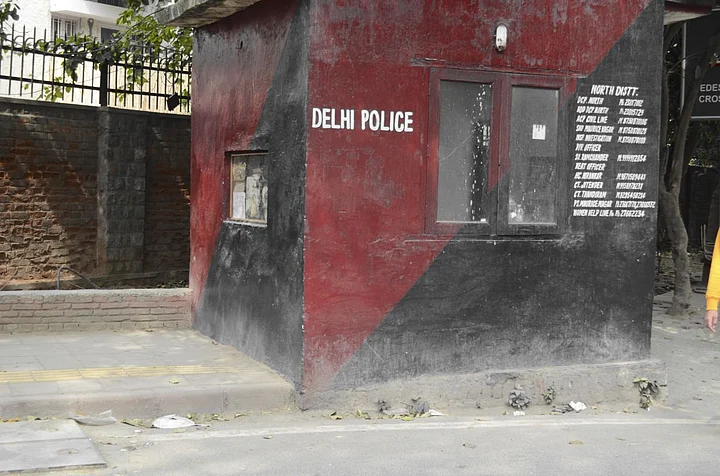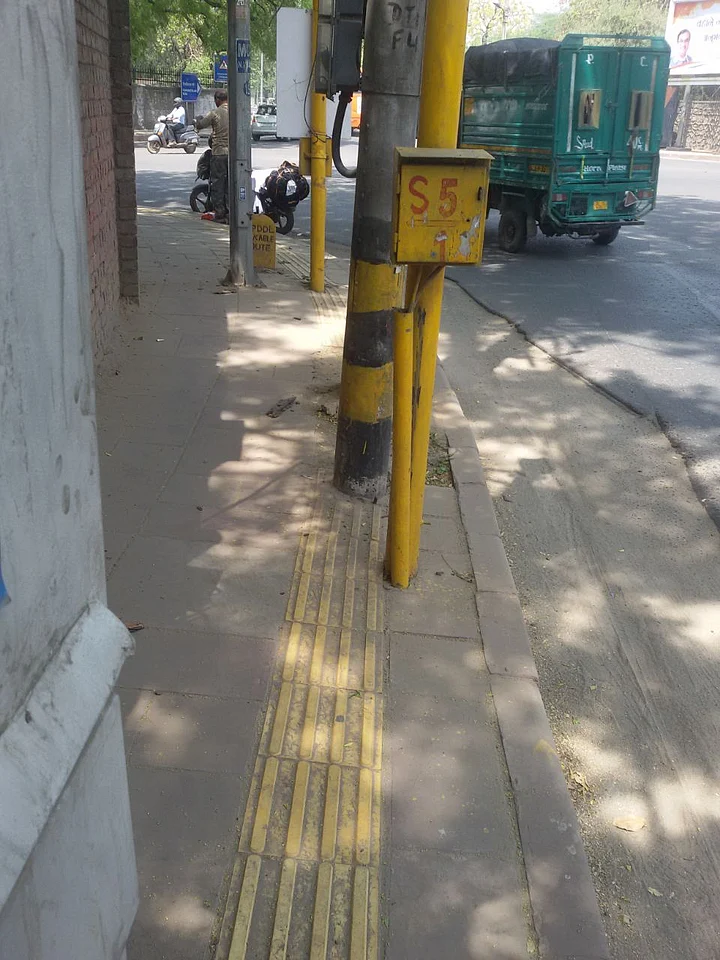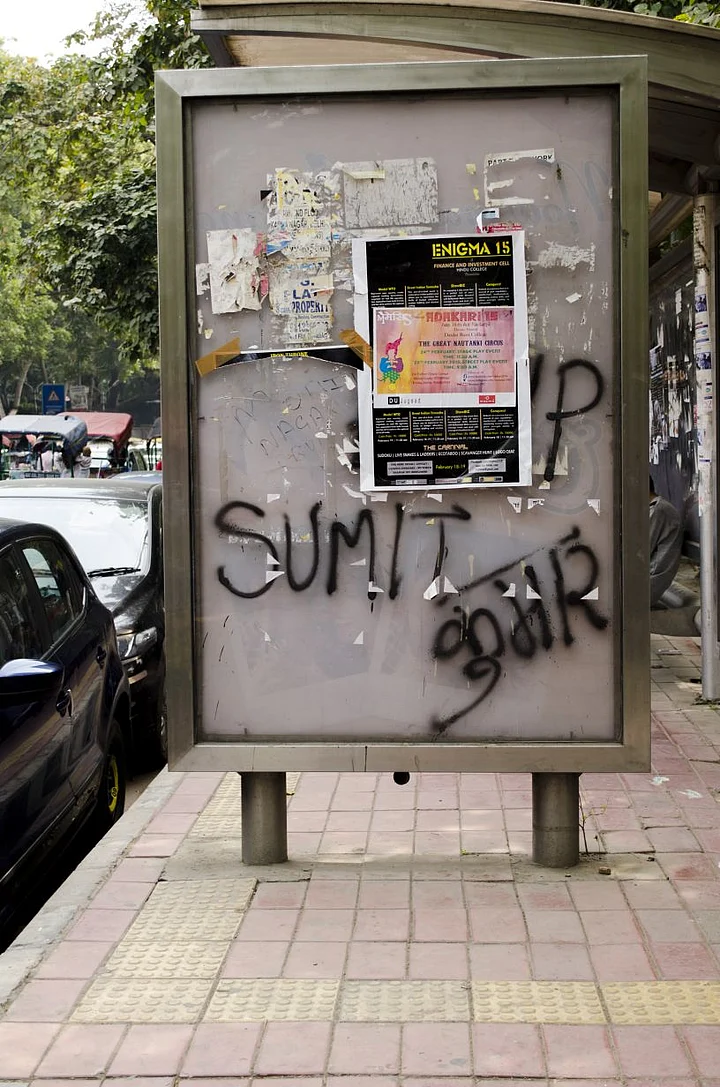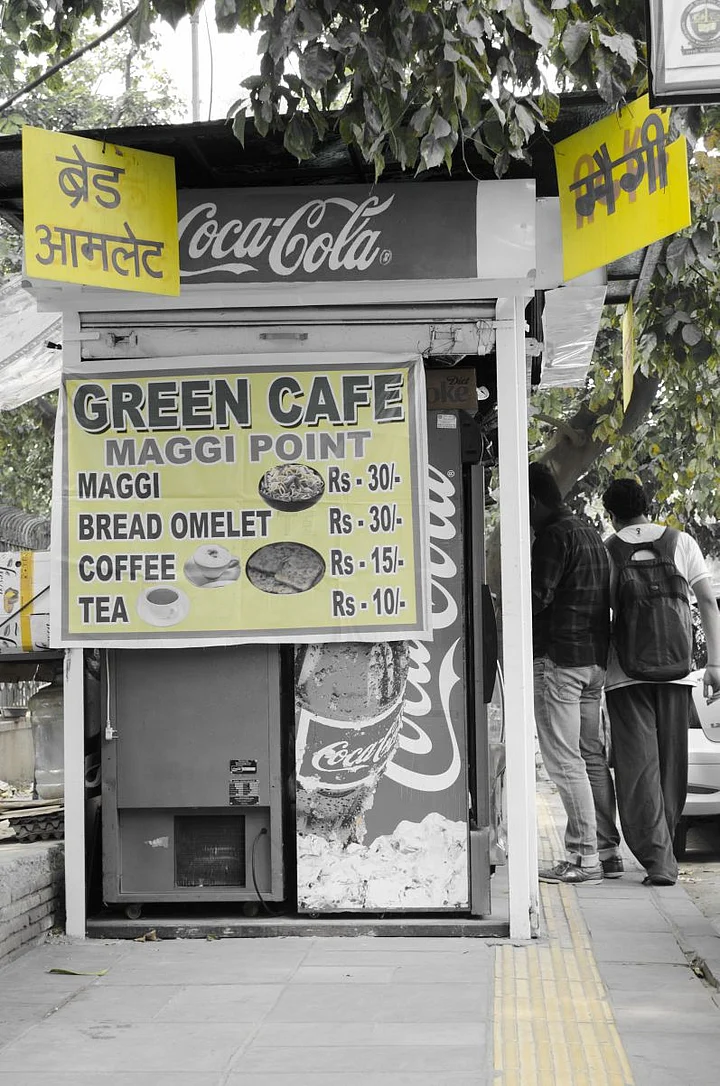Much publicised “Accessible India Campaign”, an initiative of the NDA government seems to have hit a roadblock as 14 civic agencies in the capital received flak by the Delhi High Court for the bad condition of tactile pavement, which is regarded as the lifeline for the disabled.
A PIL filed at the Delhi High Court has requested for immediate corrective action for broken and damaged tactile pavement on roads near the North Campus and other locations across the city.
In its order, dated 11 January 2018, the Delhi High Court has directed 14 civic agencies, that are respondents in the case, to treat the North Delhi Campus and South Delhi Campus of the University of Delhi as pilot projects.
The agencies that include the Public Works Department (PWD), East Delhi Municipal Corporation, New Delhi Municipal Corporation, Delhi Transport Corporation along with Tata Power Delhi Distribution Limited, BSES Rajdhani Power Limited, among others, have been asked to come up with an action plan and submit their respective status reports on the action taken so far before the next hearing, scheduled on 6 March 2018.
‘Everyone Has the Right to Lead a Respectful Life’
Himanshu Goswami, petitioner in the case completed his graduation from the Delhi University in 2016 and is currently pursuing MA from IGNOU. Elaborating on the rationale behind the PIL, Goswami told The Quint:
It was depressing to witness the problems being faced by fellow mates who were visually impaired. The worse part is that this is the case outside a campus that claims to provide the best services; even the students’ union is not concerned about this issue. It’s the right of everyone to lead a respectful life.
The PIL also mentions that Goswami ‘has duly recorded his interaction with visually impaired students highlighting myriad problems faced by them’ and can produce the CD-DVD before the court as and when directed to do so.
Tactile Pavement – Lifeline for the Disabled
Due to its typical make and design, tactile pavement plays a crucial role in guiding the disabled, particularly those who’re visually impaired as they move along busy roads with their cane tracking the path with the help of longitudinal blocks that are equidistant with a height slightly higher than the pavement.
The “Guidelines for Pedestrian Facilities” published by the Indian Roads Congress in 2012, a statutory document states:
The location of garbage bin, electric pole an any other feature like signage, etc should be on one side of the footpath so as to give a clear walkway to the pedestrian.
It essentially means that if there is an electric pole or a hoarding or a police booth obstructing the tactile pavement it’s a clear violation of the law.
Activists claim that civic agencies often don’t care two hoots about the specific height and structure of a tactile pavement.
Anjilee Agarwal, co-founder of Samarthyam, an NGO that works on issues related to providing access to the disabled says:
These tiles are not meant for aesthetics, they’re supposed to guide human beings. At many places, the configuration of tactile parts is not correct. It (tactile pavement) needs to have a standard height of +5 mm so that it can be detected (by the visually impaired). Civic agencies need to ensure that they’re placed at 90-degrees to each other.Anjilee Agarwal, co-founder, Samarthyam NGO
Usually the civic agencies pick up any tile, going by the colour, and often it’s the skid tile that’s used in parking lots that’s chosen instead of proper tactile pavement.Anjilee Agarwal, co-founder, Samarthyam NGO
Abysmal State of Tactile Pavements Across Delhi
An “Accessibility Audit” conducted by Samarthyam in 2015, on behalf of the PWD, found that the tactile pavement traversing across roadside in and around the North Campus, including St Stephens College, Khalsa College, Daulat Ram College, Miranda House, etc was in an abysmal state.
If there is an obstruction on the tactile pavement, in the form of an electric pole or tree, ideally there should be “warning signs” so that the visually impaired can change their route accordingly. However, that’s not the case with civic agencies flouting basic norms of accessibility such as beepers at signal crossings that are usually not audible.
Delhi High Court Cracks the Whip
Considering the concerns raised in the PIL, the High Court bench comprising Acting Chief Justice and Justice C Hari Shankar lamented the fact how the civic agencies have been trying to pass the buck:
We also find that the authorities are shifting responsibility from one to another. While some pavements are claimed to be under the jurisdiction of the Municipal Corporation, the responsibility of others is shifted to the Public Works Department. All the respondents disown responsibility for maintenance of access to bus stands stating that those are the responsibility of Delhi Transport Corporation.Delhi High Court order dated 11 January 2018
The Court further said:
- The respondents shall file the status reports of the actual steps taken by them in order to make all buildings/installations disabled friendly as well as firm action plans setting out the time lines within which the same shall be completed.
- It is directed that the Commissioners of the NDMC (North Delhi Municipal Corporation) and SDMC (South Delhi Municipal Corporation) as well as the engineers-in-chief of the PWD shall conduct a joint physical inspection for all the pavements.
Multiple Agencies, No Accountability
At the heart of the problem lies the fact that multiple agencies in Delhi have been entrusted with the maintenance and upkeep of infrastructure. This makes it difficult to fix accountability. If the PWD has been assigned the task of laying down roads along with pavement construction, it’s the laxity on part of agencies such as BSES Rajdhani Power Ltd or the Delhi Police that go ahead with construction of kiosks or an electric pole in the middle of pavement without taking due permission.
“There is no dialogue among different agencies”, says Anjilee Agarwal emphasising that the “pavement is nobody’s baby; not just sensitivity, it’s the enforcement of rules that’s missing completely”.
Yogendra Singh Mann, spokesperson of the NDMC and EDMC told The Quint:
Issues will be addressed, and encroachments will be removed. Necessary action will be taken as per the guidelines of the High Court.
Mann also stressed the fact that tactile pavement became a norm only in 2010, which explains why the civic agencies are now facing problems in overlaying the existing pedestrian paths with tactile pavement.
Talking about the loopholes in existing procedures, an official of the East Delhi Municipal Corporation, said:
Agencies such as MTNL and BSES need to take, what is referred to as, the ‘road cutting permission’. Information about the routes is shared with us but not the exact points where an electric pole will be erected.
The problem of non-coordination was exacerbated after the trifurcation of the Municipal Corporation of Delhi in 2012 into the North, South and East Delhi Municipal Corporations. Perhaps one agency with authority centralised with a single authority could help in untying few knots related to roads and infrastructure.
“Why have we created different silos that allows the ‘shifting of responsibility’?”, asked the EDMC official. He further said, “take the example of the New Delhi Municipal Council, wherein irrespective of the width and size of roads, all the responsibilities be it water supply or power is with a single department.”
For now, the ball is in the court of civic agencies that need to inform the High Court on or before 6 March about the course of action on refurbishing the tactile pavement in the areas adjoining the University of Delhi.
.jpg?rect=0%2C0%2C2000%2C1125&auto=format%2Ccompress&fmt=webp&width=720)
